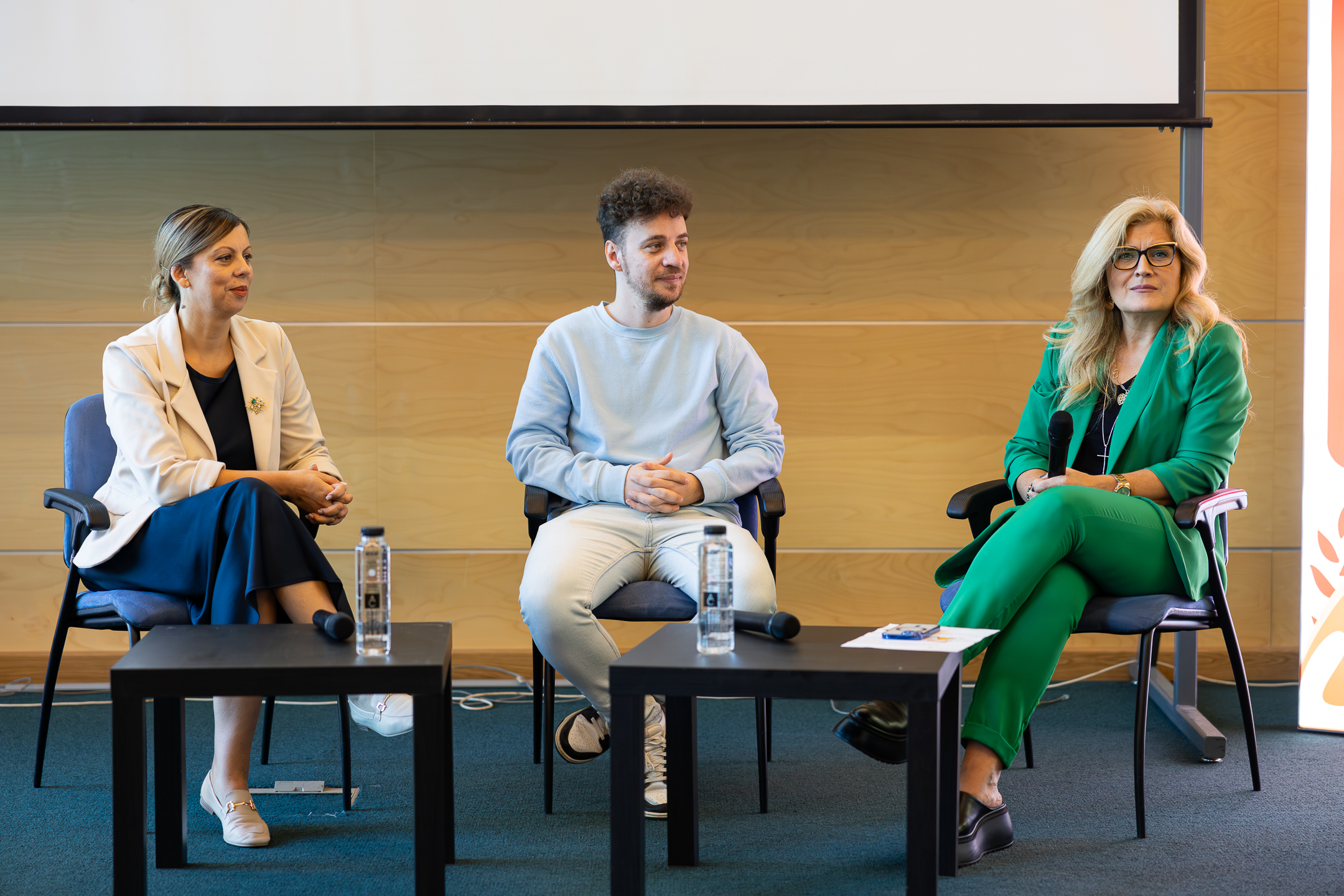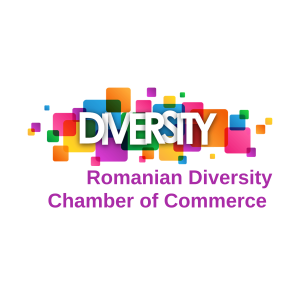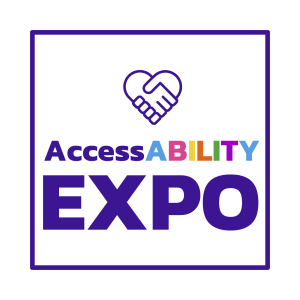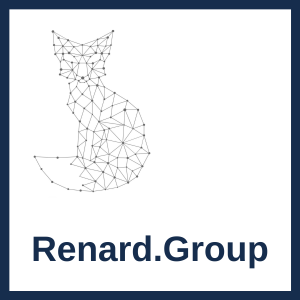
Bridging the Gap: How Companies and Authorities Can Promote Disability Inclusion
“Only 27% of Romanians redirected 3% of their income to an NGO,” noted Liana Stanciu Journalist and Radio Host at Radio Magic FM and spokesperson for Sansa la Viitor, an NGO helping prematurely-born children and their families. This statistic set the tone for the third panel of the AccessABILITY Expo at the National Library in Bucharest, part of the Romanian Accessibility Awareness Day (RAAD) 2024. The discussion focused on how businesses and authorities can take practical, actionable steps toward disability inclusion, integrating people with disabilities into both the workforce and the broader community.
Moderated by Andreea Groenendijk-Deveau, a London-based social entrepreneur and CEO of Renard Group, co-organiser of AccessABILITY Expo, the panel made it clear: inclusion isn’t about checking a diversity box. It requires real commitment and structural change. Also featuring Angela Achitei, the CEO of Alaturi de Voi (ADV) Romania, an NGO supporting and promoting social entrepreneurship, and Mihai Cepoi the Founder and CEO of Jobful, a company that helps companies rethink their recruitment processes, centring these on applicants’ top skills, the panel focused on strategies for businesses to hire and retain disabled employees while also outlining the government’s role in building a supportive framework for disability inclusion.
Here are the key takeaways:
- Inclusive hiring practices: Ensure accessible recruitment processes and accommodations that meet the diverse needs of candidates with disabilities.
- Focus on retention: Prioritise long-term employee retention through support systems like mentorship and professional development.
- Leverage government incentives: Collaborate with authorities to benefit from existing incentives for hiring people with disabilities.
- Partner with civil society: Engage with NGOs and civil society to build integrated support systems for disabled individuals.
- Raise awareness internally: Educate employees about disability inclusion to create a more empathetic and inclusive work environment.
How Businesses Can Integrate People with Disabilities
Integrating people with disabilities into the workforce requires companies to shift from lip service to meaningful disability inclusion. Angela explained, “We have a problem of education, of understanding that when we hire people with disabilities in a company, we don’t employ them as decoration.”
Angela’s point is clear: hiring people with disabilities should not be a matter of compliance but rather a commitment to creating opportunities for these individuals to contribute meaningfully. To achieve disability inclusion, companies must take intentional actions starting with their hiring processes. This includes ensuring job postings are accessible, offering multiple application methods, and training HR teams to properly assess the strengths and skills of disabled candidates or those from disadvantaged backgrounds.
Once people with disabilities are hired, retention becomes a critical issue. Mihai highlighted the value that individuals with disabilities bring to the workplace: “People who go through different forms of hardship are by far the most spectacular professionals.” For businesses to benefit from this talent, they must invest in support programs that focus on professional development, mentorship, and mental health services, ensuring that employees can grow within the company.
Angela also emphasised that companies should take full advantage of the government incentives available for employing people with disabilities. These incentives can make it easier to bring in talented individuals and build a sustainable workforce. Collaborating with government agencies ensures that businesses are aligned with best practices and helps integrate social impact into corporate strategies, fostering stronger disability inclusion.
She added:
Any diversity in a company adds value no matter where that diversity comes from. A proverb I heard goes like this: if you save a life you have the chance to save a nation. Businesses cannot grow in communities that are not sustainable and accessible. A sustainable business means a sustainable community.

Angela Achitei, Mihai Cepoi, Liana Stanciu, and moderator Andreea Groenendijk-Deveau
The Role of Authorities in Driving Disability Inclusion
Authorities also have a crucial role in creating an environment where people with disabilities can thrive. Angela highlighted the challenges Romania faces, noting that “Romania has approved for the second or third year in a row an import quota of 100,000 people. At the moment, 120,000 people from other countries who do not have qualifications are working in Romania.” Rather than focusing on importing labour, Angela called for authorities to activate local resources, particularly disabled or those from disadvantaged backgrounds.
To do this effectively and ensure disability inclusion, governments need to streamline the often bureaucratic processes that people with disabilities face when accessing services. Angela advocates for a one-stop-shop approach, explaining, “if we take the person to seven institutions to solve seven problems, we lose the person.” By consolidating services into a more integrated system, governments can better support the social and professional integration of disabled individuals.
Another major point raised by the panel was the need for authorities to reconsider how the funds – ie, fines – collected from businesses not employing people with disabilities are being used. Last year, Romania collected €550 million in such penalties, but the speakers questioned whether this money is being effectively reinvested to support the independence and professional development of disabled individuals. This funding should be redirected toward programs that facilitate both social and professional integration, reinforcing disability inclusion.
The Power of Community and Civil Society
In addition to corporate and government action, civil society plays a key role in driving disability inclusion. Liana stressed the importance of community involvement, saying:
We all need to do something. We always say we do too little. There is no such thing as ‘I do too little’ and there is no such thing as ‘I don’t have enough’. No matter how little you have, there is someone who has less than you, so you can do something. Yes, community, yes civil society.
Whether through grassroots projects or larger-scale initiatives, collaboration between businesses, NGOs, and local organisations can significantly improve the quality of life for people with disabilities.
Awareness is another critical factor in fostering inclusion. Mihai pointed out, “The next step I see is awareness. It’s very hard to solve any problem in this world if you don’t know it exists.” Businesses should focus on internal education, ensuring that all employees understand the importance of disability inclusion. This can help to create a more empathetic work environment and reduce unconscious bias.
Ultimately, the panellists made it clear that disability inclusion requires collective action from businesses, authorities, and civil society. By working together, these groups can build a more inclusive society where people with disabilities have the opportunity to thrive both personally and professionally.
Organisers
Sponsors
-

- Gold Sponsor
-

- Silver Sponsor
-

- Strategic Sponsor
-

- In-Kind Sponsor
Supporters

Strategic Partners

Media Partners








